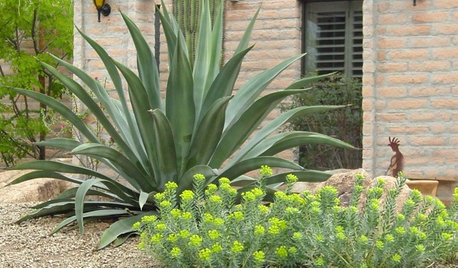Sheffield's Seed Co.'s Maackia chinensis Seedlings
brandon7 TN_zone7
13 years ago
Related Stories

GARDENING GUIDESHow to Spot a Drought-Tolerant Plant
Label? Who needs a label? Learn the characteristics of plants that can thrive in hot, dry conditions to help you pick the right ones
Full StoryMore Discussions








brandon7 TN_zone7Original Author
brandon7 TN_zone7Original Author
Related Professionals
Derry Landscape Architects & Landscape Designers · Oatfield Landscape Architects & Landscape Designers · Redondo Beach Landscape Architects & Landscape Designers · Taylorsville Landscape Architects & Landscape Designers · Bound Brook Landscape Contractors · Fort Mill Landscape Contractors · Harrisburg Landscape Contractors · Hilo Landscape Contractors · New Baltimore Landscape Contractors · West Covina Landscape Contractors · Liberty Siding & Exteriors · Spartanburg Siding & Exteriors · Chicago Decks, Patios & Outdoor Enclosures · Kissimmee Decks, Patios & Outdoor Enclosures · Salisbury Decks, Patios & Outdoor Enclosuresj0nd03
brandon7 TN_zone7Original Author
j0nd03
ademink
cacau
brandon7 TN_zone7Original Author
cacau
arktrees
brandon7 TN_zone7Original Author
vineyarder
brandon7 TN_zone7Original Author
whaas_5a
j0nd03
j0nd03
brandon7 TN_zone7Original Author
rick_seed
brandon7 TN_zone7Original Author
rick_seed